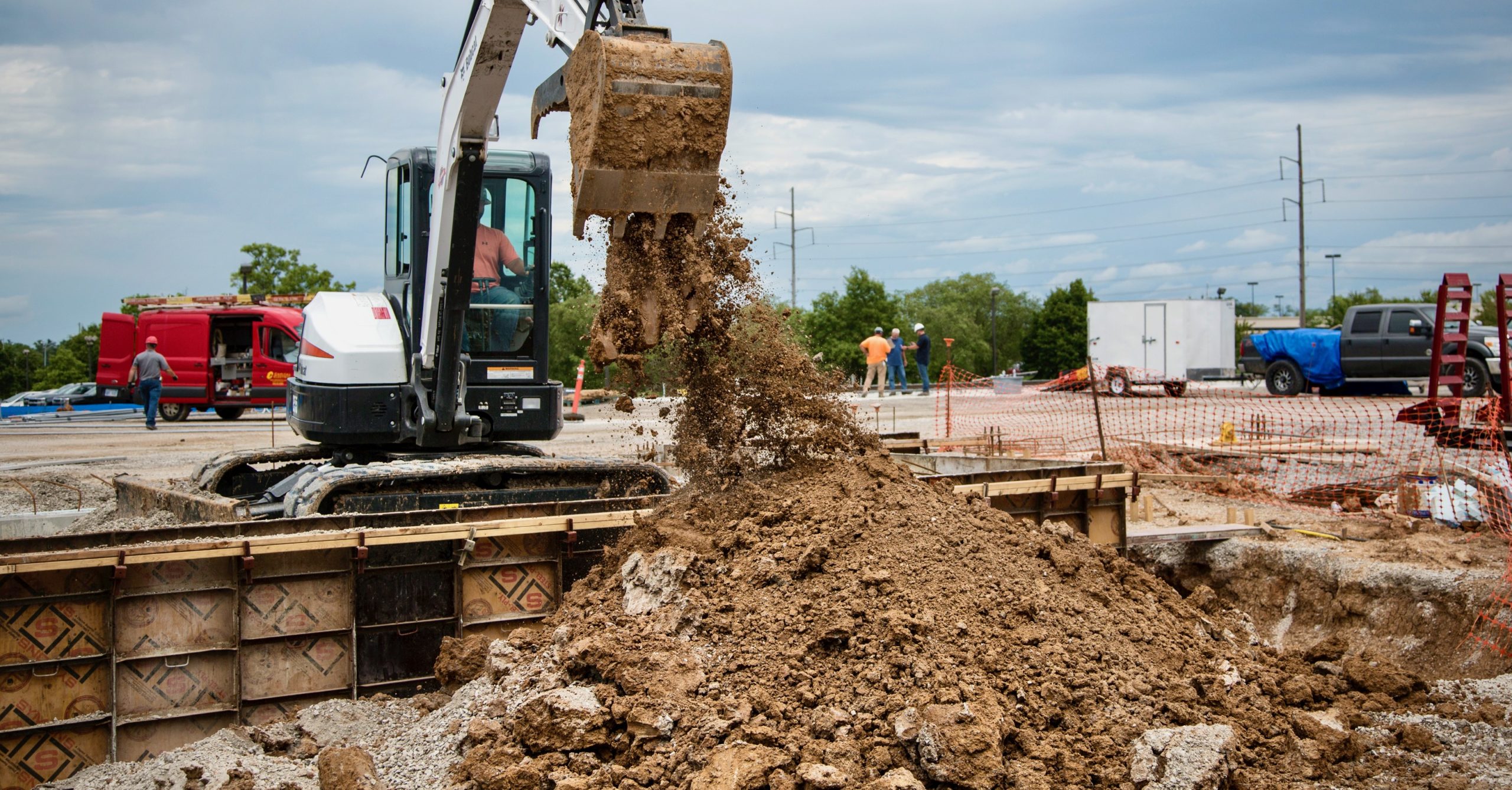Key Points:
- Experience can uncover valuable strategies in the subgrade
- Soil analysis often translates to significant cost savings
- Special Inspections pros watch for better materials and process opportunities
Geotechnical Engineering teams are uniquely positioned to help optimize construction. Here are three common ways they bring additional value to projects.
Pushing the Subgrade’s Potential
There are often more possibilities in the subgrade than you may think. Rather than making the usual assumptions about what you have to work with, collaborate with a Geotechnical Engineering partner to explore creative solutions based on your priorities. A Geotech team with a long track record working in local soil can investigate different strategies for getting your project safely out of the ground and achieving particular goals.
Does the prospect of deep foundation support to overcome weak subgrade conditions make you sweat? Drilling expensive piers all the way down to low lying bedrock can make a project budget bulge or even bust. Sometimes there’s no alternative, but other times, more creative approaches can lead to more feasible solutions.
Geotechnical Engineers may come up with a range of options, including less expensive geopiers extending down only to intermediate depths. A spread footing platform closer to the surface may also work. It can eliminate the need for piers altogether by creating stability similar to that of a snowshoe. When compared to the usual deep piering, both alternatives open the door to efficiencies that include saving money on materials and Special Inspections.

A spread footing platform consisting of compressed, crushed rock wrapped in geogrid (pictured) can be a more cost-effective option.
A resourceful Geotechnical Engineer may also uncover budget-friendly strategies in the creative use of available materials. When a structure is planned on a subgrade full of questionable, unstable material, complete removal may not be the only option. If time and resources allow, surcharge material loads may be temporarily deployed to effectively consolidate and settle the subgrade instead.
Without the input of a Geotechnical Engineer, builders may not even be aware of such a strategy, and needlessly spend far more money exporting and importing fresh soil.
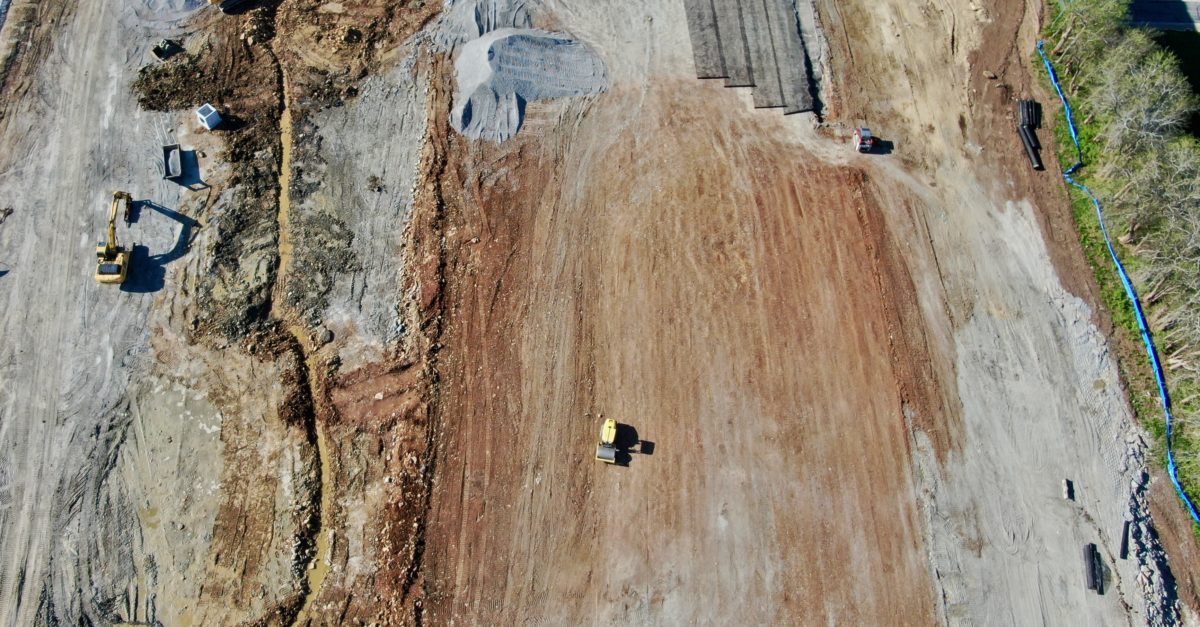
Surcharge material was used to consolidate portions of the subgrade at the Meritex Lenexa Executive Park.
Engineering Savings Beyond Assumptions
What’s the load-bearing capacity of soil at your build site? Building Codes put strict limits on assumptions about soil that isn’t tested. The limits are very conservative to ensure safe construction, but in the Kansas City area, the limits don’t usually match the reality in the soil. The actual load-bearing capacity of local soils can easily be hundreds of additional pounds per square foot, and likely more than that.
Designers must stick to Building Code assumed limits without proof of greater soil strength. The only way to get that proof is through Geotechnical Investigation and Testing, and the results can be well worth it. If soil has a greater load-bearing capacity, you may not have to spend as much on concrete and rebar when it comes to constructing foundation footings.
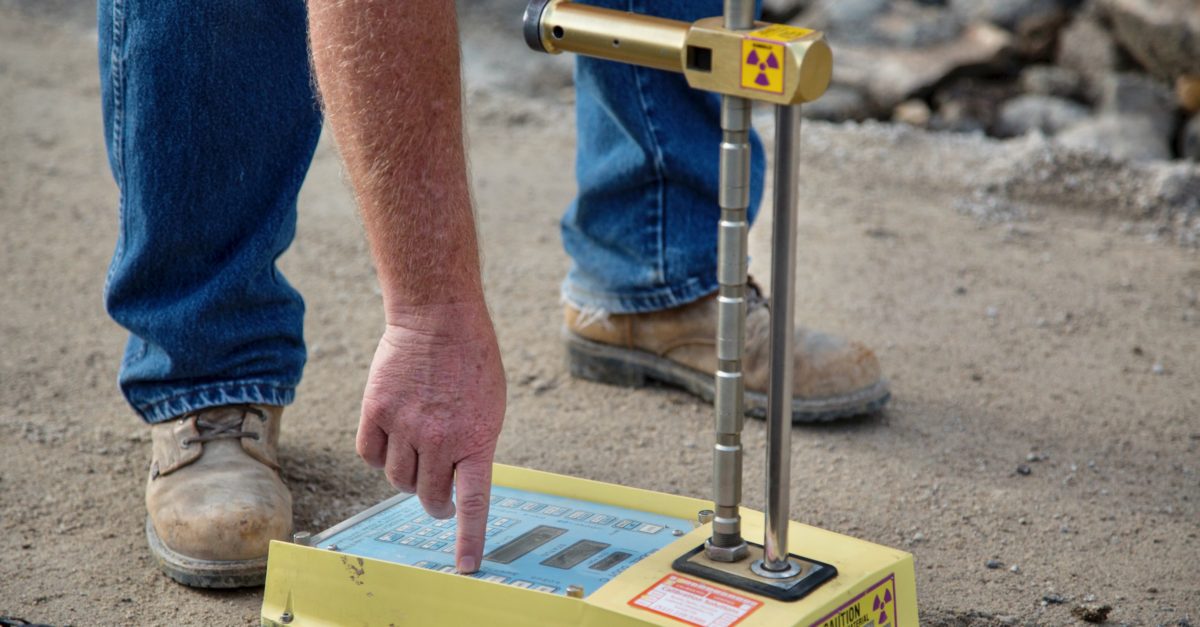
Painstaking soil testing both in the field and the laboratory can translate to lower material costs.

Alpha-Omega Geotech Laboratory
Cutting even a few inches off a super wide footing design can mean significant savings. Even the budget of a small building project can benefit, and larger budgets can see savings into the thousands or even tens of thousands of dollars as the cost of concrete continues to climb. In addition, there’s a valuable time savings too. Less material means less time moving it around and putting it into place, which streamlines construction schedules.
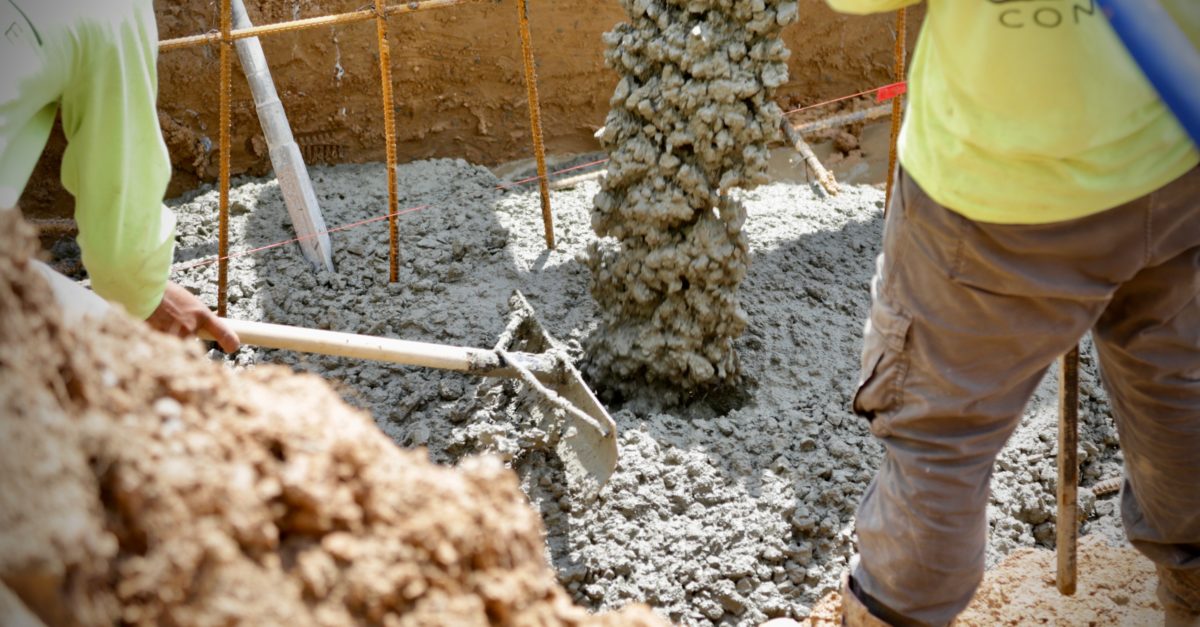
Concrete and rebar – major material line items in construction budgets.
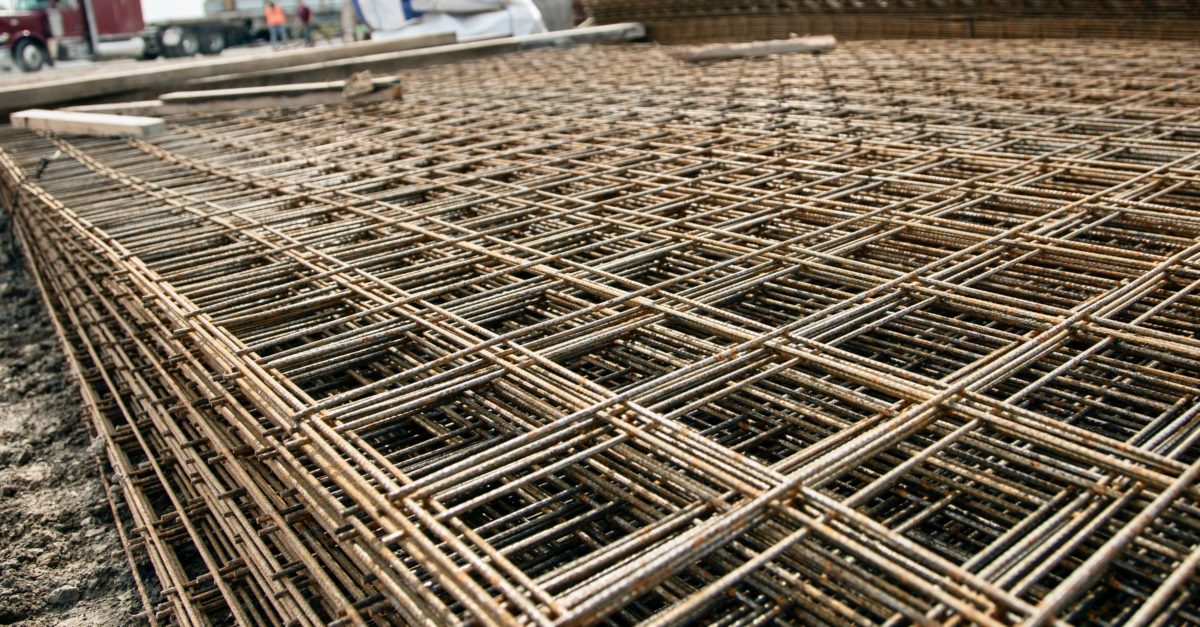
Soil Investigation, Testing, and Analysis followed by a detailed Geotech Report unlock possibilities that reputable general contractors always want before diving into a new project. They know that embracing the role of Geotechnical Engineering can be a shortcut to key efficiencies that can’t be achieved any other way. And the savings in materials and time alone can easily offset the cost of Geotechnical services.
Identifying Efficient Materials and Ways to Work
There’s more than one way to skin a cat, and that idea can also apply to certain materials and processes involved in construction. We’re not talking about risky shortcuts or compromising quality. Geotech Special Inspections teams can often draw on wide-ranging experience to identify more efficient options for achieving the same results. Finding such options, acceptable to structural engineers, architects, and the rest of the project team, can shave money and time off a project time that adds up.
A project designer may have a ‘usual’ brand of material that he or she funnels into plans by default. However, a Geotech field technician may have discovered a different brand used on a different project that meets all the same specifications, but costs less. Even a small piece of hardware purchased in large quantities can mean significant savings.
In terms of processes, a veteran Special Inspections pro may recommend a faster or more efficient way of completing a simple task repeated thousands of times during construction. The cumulative impact may go a long way in streamlining workflows and keeping a project timeline on track.

The savings of lower cost small materials purchased in large quantities can add up.
Everybody Wins
Whether it involves sweeping subgrade strategies or small material parts and pieces, improving construction efficiency makes a difference across the board for project teams. Contractors save money and tighten schedules. Owners get to the finish line faster and get to work in their new spaces sooner. Cost and schedule efficiencies always amount to good news that cascades to all corners of a project, further proving the value of Geotech contributions and demonstrating the unique opportunities experienced engineers and technicians can provide.

